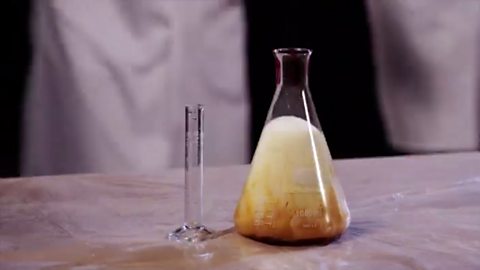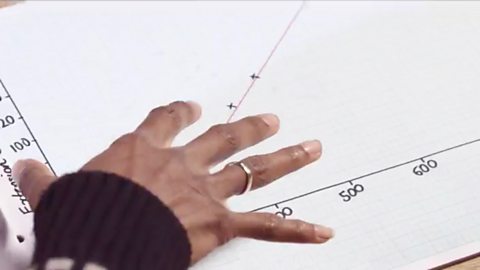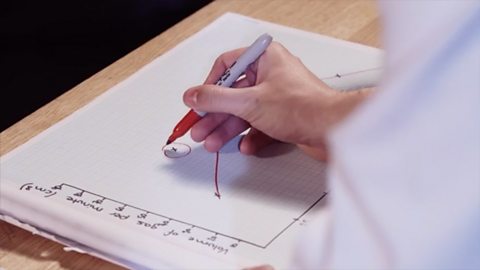How do you identify the variables?
Independent variable – the variable that is altered during a scientific experiment.
Dependent variable – the variable being recorded or measured during a scientific investigation.
Controlled variable – a variable that is kept the same during a scientific investigation to ensure a fair test so that results can be compared.

Example
Practical 1.4 - Investigating the effect of temperature on the action of an enzyme
Independent variable – temperature
Dependent variable – time taken for starch to be digested
Controlled variables – pH, enzyme concentration, volume and type of enzymeProteins that act as biological catalysts, meaning they speed up reactions without being used up themselves.
What is a hypothesis?
A hypothesis or prediction is made with limited evidence at the beginning of a scientific investigation.
Biological knowledge should be used to justify the prediction.
Practical 1.4 - Investigating the effect of temperature on the action of an enzyme
At low temperatures the enzyme will break starch down slowly due to a lack of kinetic energy and at very high temperatures starch will not be broken down, as the enzyme will be denatured.
Method
Various methods are outlined in study guides and they are planned to test predictions.
A control experiment is often set up for comparison, ensuring any changes in results are due to the independent variable.
Methods should produce accurate and reliable results.
Accuracy depends on the quality of measuring tools and the scientist's skill. For data to be reliable, variations should be minimal.
Repeating an experiment increases its reliability.
Example
Practical 1.4 - Investigating the effect of temperature on the action of an enzyme
An appropriate control experiment would be to replace the enzyme with water at 40°C.
This will allow comparisons to be made and prove it is the changing temperature affecting the breakdown of starch.
Accuracy can be improved by using a syringe to measure liquids rather than a measuring cylinder.
Reliability can be improved by completing the experiment at each temperature more than once and calculating an average.
What is a risk assessment used for?
A risk assessment is a careful examination of what could cause harm to people during a scientific investigation.
A hazard is anything that may cause harm, such as chemicals, electricity, extreme heat etc.
The risk is the harmed that could be caused by the hazards identified.
The prevention methods are strategies put in place to avoid any injuries.
Example
Practical 1.4 - Investigating the effect of temperature on the action of an enzyme
| Hazard | Risk | Prevention |
|---|---|---|
| Iodine | Irritation of the eyes/skin | Wear goggles |
Diagram of equipment
Diagrams are drawn to show the setup of the equipment being used.
Diagrams should be:
- drawn in pencil. Lines should be firm and continuous with no gaps (not sketchy).
- as large as possible.
- labelled using separate ruled lines. These should be spread out with a bullet point on one end and a clearly written label on the other.
Recording results
Any data collected from a scientific investigation should be recorded in a results table.
A results table needs to include:
- appropriate headings
- appropriate units (written in the column heading only)
- all data collected
- any repeats obtained
- appropriate calculations (eg average)
Example
Practical 1.4 - Investigating the effect of temperature on the action of an enzyme
The table below could be used to record the results obtained from the investigation. It also includes columns for two sets of repeats and the average to be recorded.
| Temperature /°C | Time taken to break down starch /secs | Time taken to break down starch /secs | Time taken to break down starch /secs | Average time taken to break down starch /secs |
|---|---|---|---|---|
| 0 | ||||
| 20 | ||||
| 40 | ||||
| 60 | ||||
| 80 |
Quiz time!
More on Practical skills
Find out more by working through a topic
- count2 of 4

- count3 of 4

- count4 of 4
